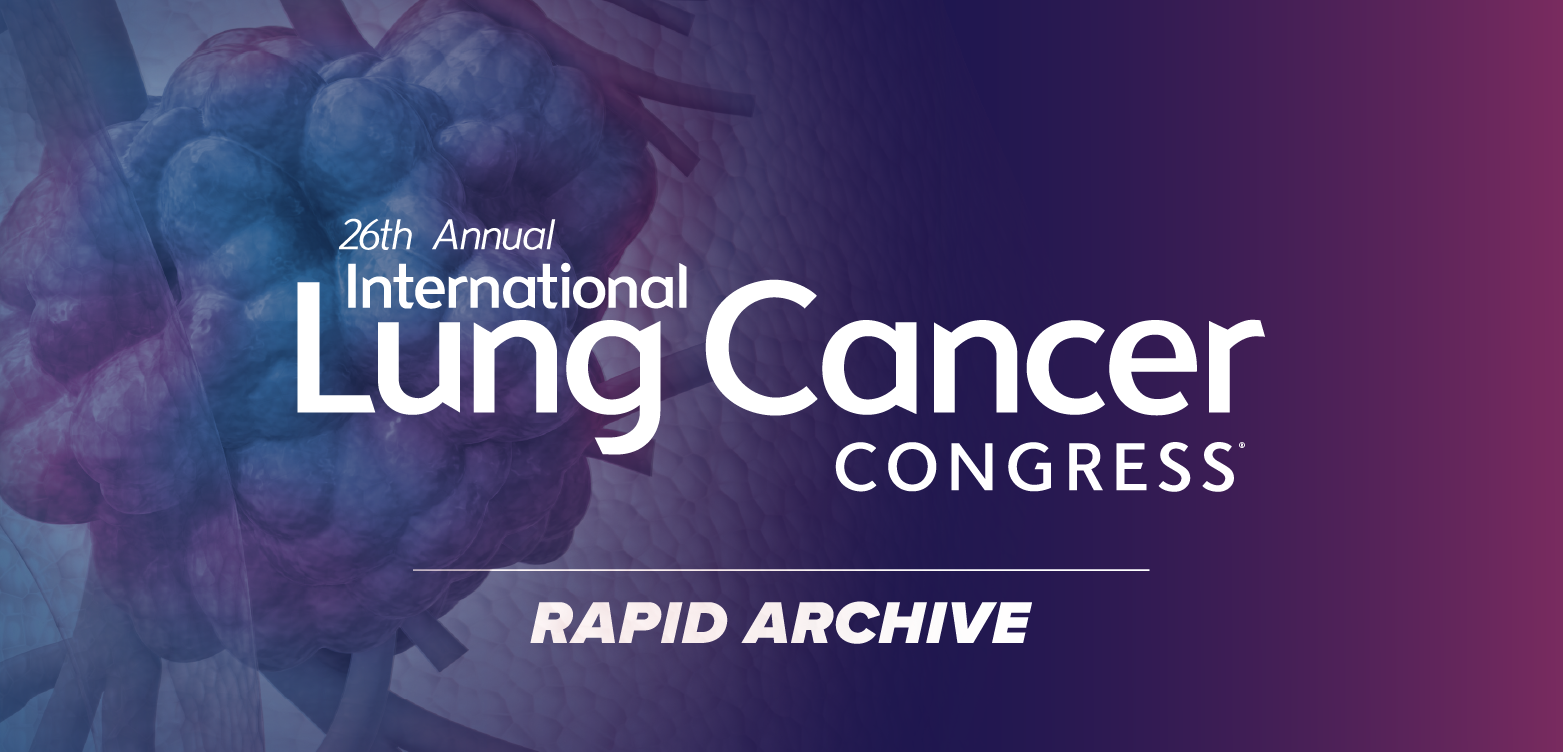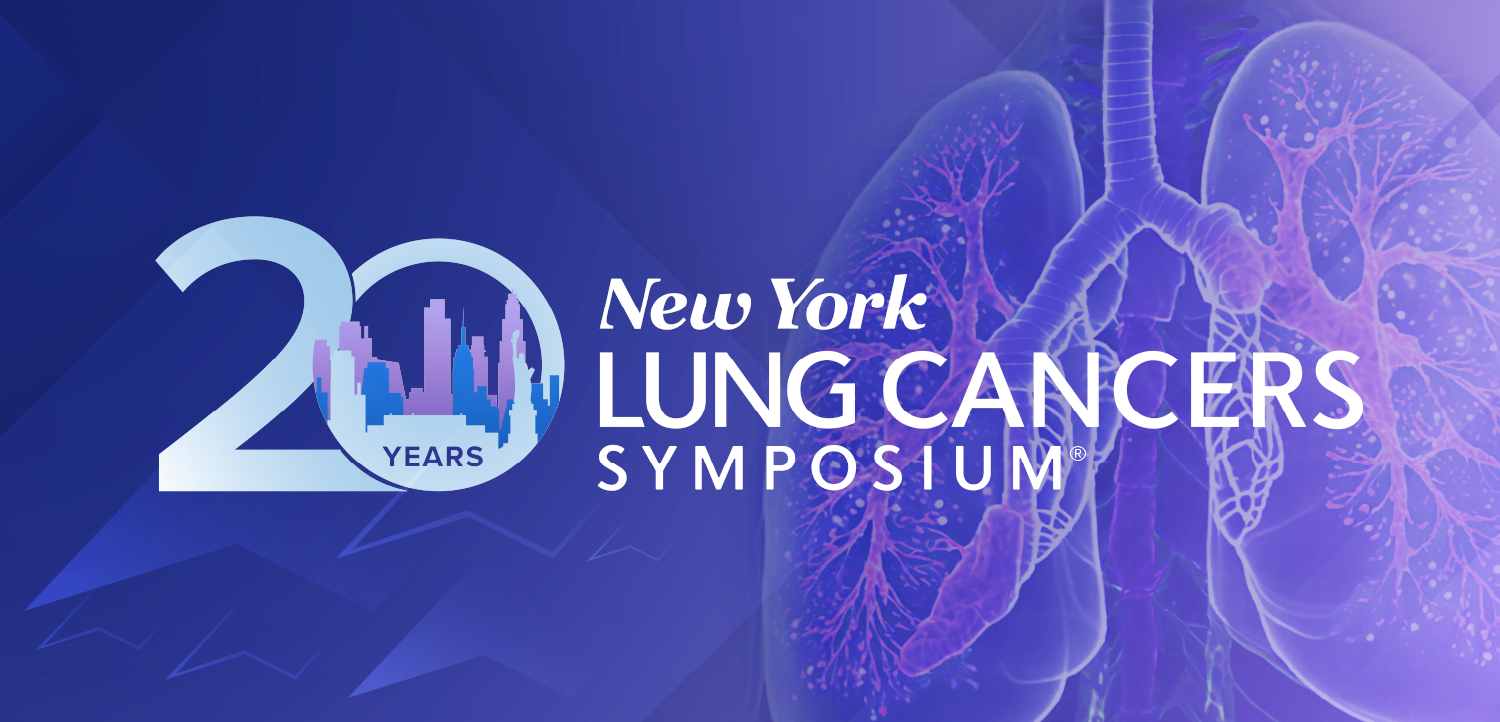Second-hand smoke falls to MR
The 30-year search for direct quantitative evidence linking second-hand smoke and lung disease ended at the 2007 RSNA meeting with a study that made the connection.
The 30-year search for direct quantitative evidence linking second-hand smoke and lung disease ended at the 2007 RSNA meeting with a study that made the connection. Collaborators at University of Virginia School of Medicine in Charlottesville and Children's Hospital of Philadelphia used inhaled hyperpolarized helium-3 and diffusion MRI to break through long-standing technical barriers. MR physicist Dr. Chengbo Wang, Ph.D., explained that high fMRI apparent diffusion coefficient values correlated with enlarged lung aveoli and damaged lungs, while low ADC values related to small aveoli and normal pulmonary function. Elevated ADC was found in 4% of subjects with infrequent exposure to second-hand smoke (A), 27% with high exposure (B), and 67% of current and former smokers. The findings could help build support for legislation that would tighten restrictions against public exposure to second-hand smoke, Wang said. (image provided by C. Wang).
Newsletter
Stay at the forefront of radiology with the Diagnostic Imaging newsletter, delivering the latest news, clinical insights, and imaging advancements for today’s radiologists.


























